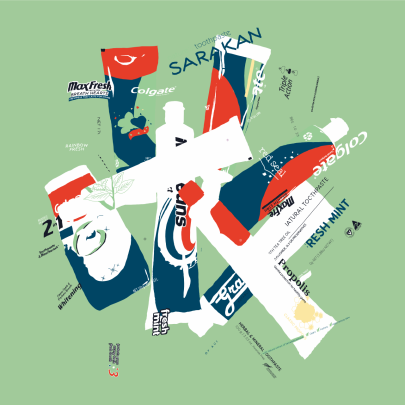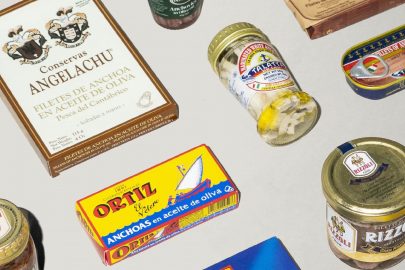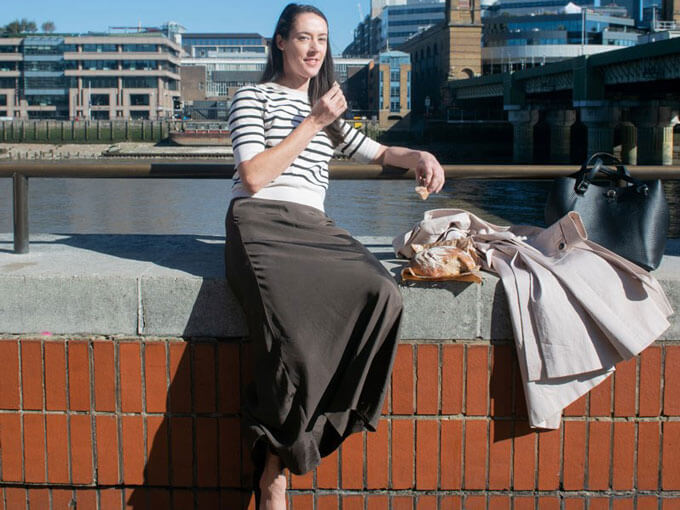Mar 20, 2015 etc
Illustration by Beck Wheeler.
We got married recently and one of the best (entirely unsolicited) gifts we got was a Japanese knife from friends in Wellington. It is a thing of great beauty, finely balanced and very sharp. The first thing I did with it was butterfly a chicken, which is ironic since the people who gave it to me are vegetarians, but I am happy to report the knife sliced beautifully.
Until recently, I would have greeted such a knife with a mixture of joy and shame. Joy, because there is nothing I like more than a really good new knife, and shame, because I knew that inside a few months it would be completely blunt. Then I would have to pay a man to sharpen it — or I would start thinking about buying another knife, and repeat the whole process.
Until, that is, I was at the Tai Ping supermarket on Beach Rd in the CBD and noticed they had some very nice “whetstones” in a glass cabinet for $20. $20! They are grey, rough on one side, smooth on the other. On a whim, I bought one, and after some research I was ready to sharpen my knives.
At this point, I learned how incredibly restful it is, standing at the kitchen bench focusing on nothing more than the fine end of a piece of steel, slowly sanding away its uneven nicks and bumps.
Some people soak their stone in water, and fair enough — but it’s a whetstone, not a wetstone, and you don’t have to. I prefer not to, since it seems to sharpen up better and cleaner without it. (You can also use oil, though I need another stone for that.)
You place the stone on the bench horizontally in front of you, on a tea towel so it doesn’t slip, then place the knife diagonally across the top of the stone at about a 20º angle — the flatter the angle, the narrower the edge will be, so you want the knife flat and low, almost the height of a matchbook. Then pull the knife across it with a firm, even pressure. By the time you get to the bottom of the stone you should be at the tip of the knife, which you then lift gently off. Don’t flick it or you’ll ruin the end of the blade.
As you do this, it makes a pleasant scraping sherrwing sound, and you feel like everything is well in the world as you make even strokes with the knife, feeling for an edge, gently and slowly and carefully. Eventually, when you’ve established a nice even V down the edge of the knife, you switch over to the fine side and polish the blade up.
I did my favourite knife first, then another one, then another; I even sharpened the paring knives. For the next few weeks, I delighted in chopping everything with my nicely sharpened knives. Onions seemed to disappear in no time; chickens came apart at a touch.
And then the knives went blunt. I sharpened them again. They went blunt again, and this repeated several times until it got tiresome, at which point Hannah’s dad took pity on me and gave me one of his old steels. So now, every time I go to cook something, out comes the steel and I carefully — obsessively — place the knife on the steel, heel first, and draw it away from me on a sharp angle, repeating until it feels sharp. Though I haven’t dared use the new Japanese knife on it; I’ll probably just wait until it goes blunt.





